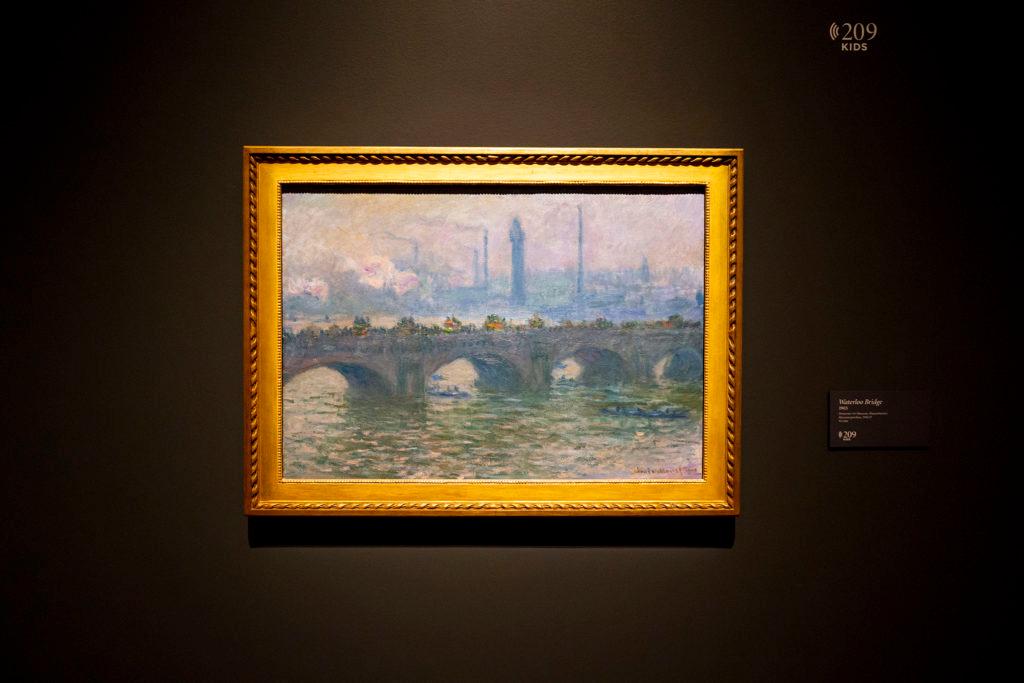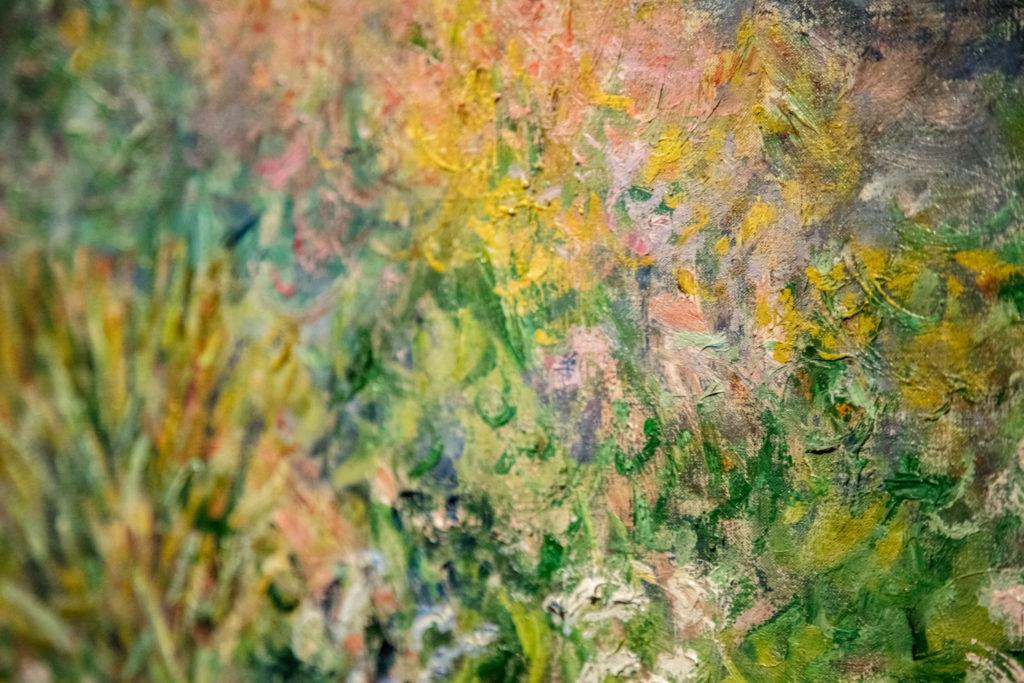
Denver Art Museum’s comprehensive Claude Monet show displays more than 120 paintings by the famous French Impressionist. One of those works, the iconic painting of London’s Waterloo Bridge, was recently restored, perhaps back to how the artist intended.
“I removed the varnish that was on that painting about a year ago now,” said Pam Skiles, DAM’s senior paintings conservator.
Usually, varnish is replaced every few decades because it can yellow — but this time was different.
“We have a fair amount of documentation that indicates that [Monet] did not want his paintings to look varnished,” Skiles said. “So when I took the varnish off ‘Waterloo Bridge,’ I did not replace it.”

Monet’s art dealers often wanted to varnish the paintings so they looked finished, Skiles said. The artist though turned his nose up at the glossiness of it. Removing it not only respects Monet’s original artistic choice, the conservator explained, it also gives the art more brightness and dimension — you can better see the texture and colors: the pink, lilac, pale green.
The curator and conservation team work together to make decisions like this. The museum said it’s routine for them to discuss and jointly decide on any kind of treatment to the artwork in the Denver Art Museum’s collection. Waterloo is one of six Monets owned by the museum.
A number of other museums have also made the call to liberate their Monets from the glossy, often yellowing, varnish.
“What disturbed me was that yellow varnish had accumulated in the interstices of the brushwork,” conservator Ann Hoenigswald told the Washington Post in 2012 about removing the varnish on Monet’s “The Bridge at Argenteuil” at the National Gallery of Art in D.C. “With the magnifying loupe and the microscope, you see how thick the varnish layer was and how it altered the intention of the artist.”
For “Waterloo Bridge,” Skiles used organic solvents and hand-rolled cotton swabs to bit-by-bit remove the varnish. And since this is valuable and delicate artwork, they test it first “to make sure that we know what's safe for the paint layer, but will also remove the varnish.”
A conservation fellow with the Harvard Art Museum described in a 2017 video how challenging it can be to remove the varnish from a Monet painting because “he paints in a very textured way … sometimes the varnish was really hidden in the valleys of the paint.”

This is something Pam Skiles can empathize with. The impasto at the center of the “Waterloo Bridge” was particularly tricky. The impasto is when an artist applies thick layers of paint on a canvas, so thick that you can see the strokes from the artist’s paintbrush or painting knife.
The tool needed for that work was a microscope and patience.
“I just wanted to make sure that I was very careful in removing that,” she said.
In the end, it took her more than 15 hours to remove all of the varnish.








